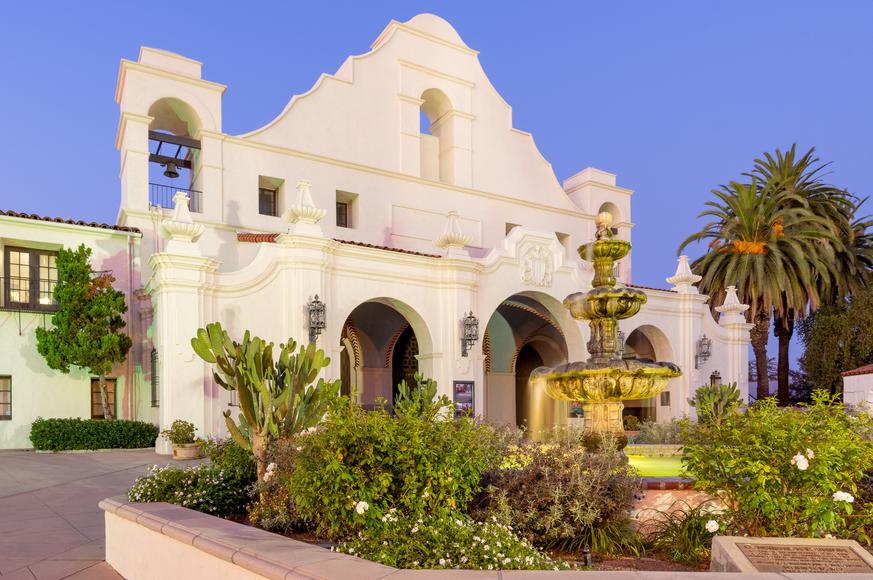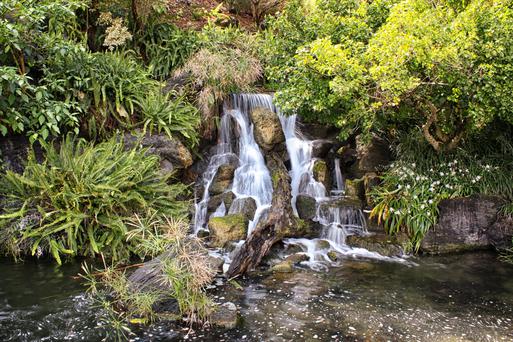Secularization and Restoration
In the early 19th century, the Spanish colonial era was drawing to a close. By 1833, the Mexican government, having gained independence from Spain, began secularizing the missions. San Gabriel Mission was confiscated, and its lands were granted to private citizens, leading to neglect and decay.
The mission's fortunes changed in the late 19th and early 20th centuries when a resurgence of interest in California's Spanish colonial past led to restoration efforts. In 1949, the Claretian Missionaries took over the mission's pastoral responsibilities, initiating significant restoration and maintaining its active status as a parish church.
Significance in Modern Times
Today, San Gabriel Mission stands not just as an active place of worship but also as a historical landmark. Its history mirrors the broader story of California.
San Gabriel Mission is also significant for its contributions to California's agriculture and economy. The introduction of vineyards at San Gabriel marked the beginning of California's wine production legacy. Additionally, the mission played a crucial role in the development of trade routes, most notably El Camino Real, which connected the missions and laid the groundwork for modern transportation routes.
The mission’s significance isn’t confined to the past. It serves as a space for reflection on cultural interactions, the challenges of colonization, and the enduring spirit of diverse communities that built California.
In conclusion, the San Gabriel Mission encapsulates the multi-faceted history of a region shaped by dreams, encounters, and sometimes contentious coexistence. A visit to this mission is a journey through time, offering insights into the roots of modern California and the importance of preserving historical landmarks.






